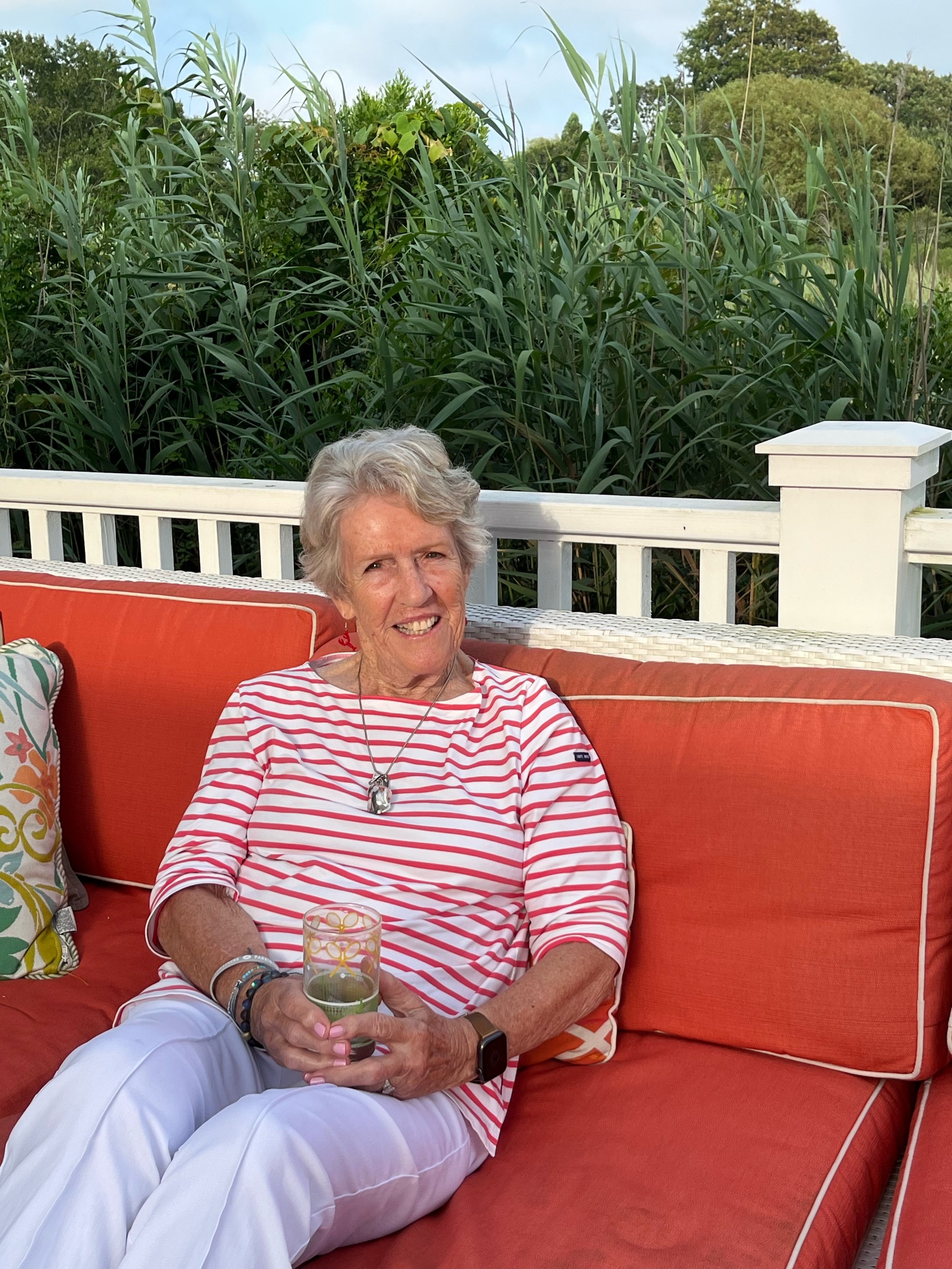DYE JOB
/Growing up in that drafty old farmhouse an hour north of New York City, our kitchen was a happy hub. We’d eat meals sitting around the large circular wooden table squeezed between a Kenmore refrigerator and porcelain sink. While mom started dinner, we’d get out our textbooks and do homework there. When one of us needed a talking-to, it happened at the kitchen table.
That kitchen table was also where we four kids traditionally dyed eggs on the Saturday of Easter weekend. Mom would spread out sheets from the NEWBURGH NEWS, our local paper of record. She’d place small glass bowls of vinegar and water laced with food coloring — blue, green, red — on the table, along with a bowl of hard boiled eggs.
No doubt our thrifty mom reminded us, “These eggs cost your father plenty.” (Back in the late 1940s, she probably slipped the egg man 55 cents for the dozen.)
Brother Robert remembers gazing at the dye box that showed glowing, vibrant, near-technicolor eggs, and wondering how he could duplicate them. “We would draw diagonal lines and other patterns on the eggs, and dip away, but our effort only produced weak faded pastel results.”
Thirty years later my two kids sat at a butcher block table in the breakfast nook of our Ridgewood, New Jersey Dutch Colonial home. I’d spread sheets from that day’s NEW YORK TIMES over the table, and place bowls filled with dye — blue, green red — plus a dozen or more hard boiled eggs, bought at the Grand Union for 90 cents a dozen.
Seven-year-old Chris would squint through his thick glasses as he used a clear wax crayon to scribble his name on an egg. (When writing his name, he always included the initial of his last name, Tamis, so there was no question that his Easter egg was the one labeled “ChrisT.”)
Nine-year-old Alex would delicately place her egg in a teaspoon and dip it into the red, then the blue dye, hoping to create a work of art in her favorite color — purple. Inevitably, a stray elbow would knock over a bowl of the liquid which spilled over the table and roused the yellow labrador sleeping below.
This past week Alex walked in my front door toting an egg carton filled with pastel-dyed Easter eggs. She said, “Last night the kids sat at our kitchen table and made these for you. Remember how we used to do that when we were little?” How could I ever forget.
I noticed that one pastel egg was labeled “Grandma,” another “Grandpa,” proving the clear wax crayon still worked its magic. (Her dozen eggs, by the way, cost $1.49 at Market Basket.)
If you browse the web you’ll discover numerous tips on how to dye and decorate eggs — use fat rubber bands or tape to block the dye, dip a side of an egg in one color and the other side in a different color, stuff like that.
Maybe I’m putting all my eggs in one basket, but I’ll take the sweet simple pastels any day.




